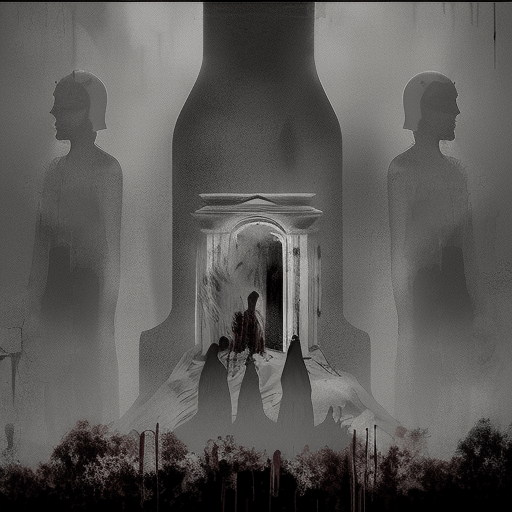The Bell Jar: A Journey into the Depths of Mental Illness
The Bell Jar, written by Sylvia Plath, is a semi-autobiographical novel that delves into the mind of Esther Greenwood, a young woman struggling with mental illness in the 1950s. Plath’s poignant and introspective narrative takes readers on a harrowing journey as Esther grapples with societal pressures, personal identity, and the overwhelming weight of her own thoughts. Through vivid prose and raw emotion, Plath explores the complexities of mental health, shedding light on the darkness that can consume a person’s soul.
The Pressure to Conform
Esther Greenwood, a talented and ambitious college student, finds herself suffocating under the weight of societal expectations. As she embarks on a prestigious internship in New York City, she is confronted with the pressure to conform to the traditional roles assigned to women in the 1950s. Esther is torn between her desire for independence and her fear of disappointing her mother, who envisions a future for her as a wife and mother. This conflict between societal expectations and personal aspirations becomes a central theme throughout the novel, highlighting the struggle many individuals face when trying to carve out their own path in a world that demands conformity.
The Descent into Mental Illness
As Esther’s internal battles intensify, she begins to experience a gradual descent into mental illness. Plath’s vivid descriptions and haunting imagery paint a picture of a mind unraveling, as Esther’s thoughts become increasingly fragmented and distorted. The bell jar, a metaphor for her suffocating mental state, encapsulates her isolation and the feeling of being trapped. Plath’s portrayal of Esther’s mental illness is both raw and unflinching, offering a stark depiction of the debilitating effects of depression and anxiety.
The Journey to Recovery
Throughout the novel, Esther seeks various forms of treatment in her quest for recovery. She undergoes electroconvulsive therapy, engages in talk therapy, and tries different medications, all in the hopes of finding a cure for her mental anguish. However, these treatments prove to be only temporary solutions, as Esther struggles to find lasting relief. Plath’s exploration of the mental healthcare system of the time sheds light on the limitations and shortcomings that many individuals faced when seeking treatment for mental illness.
Plath’s The Bell Jar serves as a powerful exploration of mental illness, identity, and the societal pressures that can contribute to one’s descent into darkness. Through Esther’s journey, readers are confronted with the harsh realities of mental health and the importance of seeking help and support. Plath’s unflinching portrayal of Esther’s struggles serves as a reminder that mental illness is not a personal failing but a genuine medical condition that requires understanding and compassion.
- Key Takeaways:
- Pressure to conform to societal expectations can be suffocating and detrimental to one’s mental health.
- Mental illness is a complex and debilitating condition that requires proper treatment and support.
- Recovery from mental illness is not always linear and may involve a combination of therapies and support systems.
“I took a deep breath and listened to the old brag of my heart. I am, I am, I am.”
In conclusion, The Bell Jar is a haunting and introspective novel that offers a glimpse into the depths of mental illness. Plath’s powerful storytelling and raw portrayal of Esther’s struggles make it a must-read for anyone seeking a deeper understanding of the complexities of the human mind.












